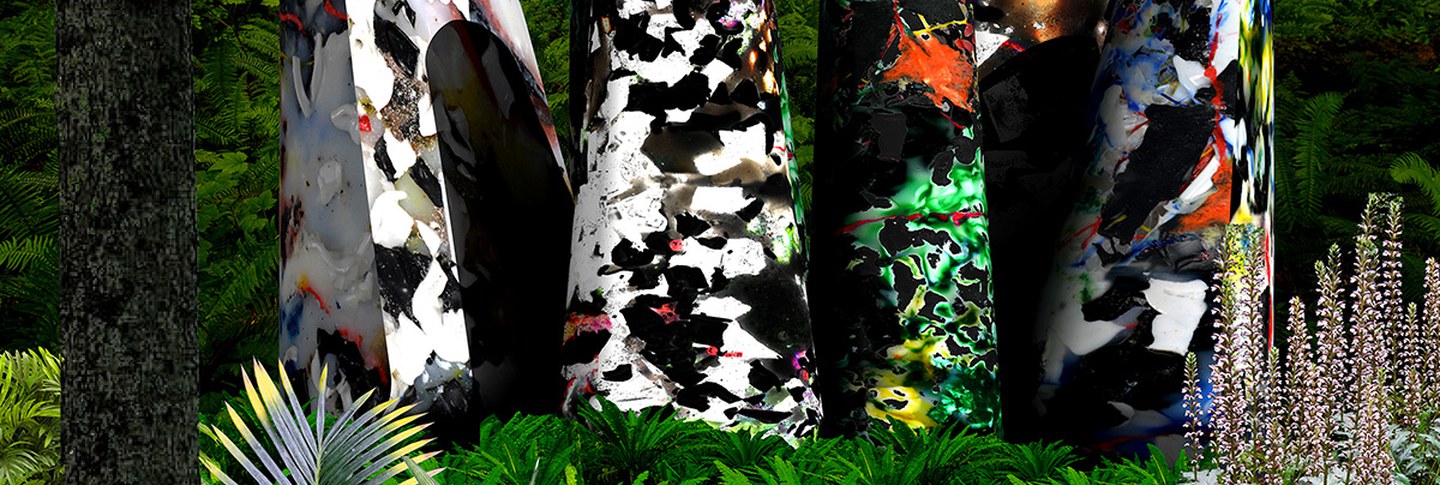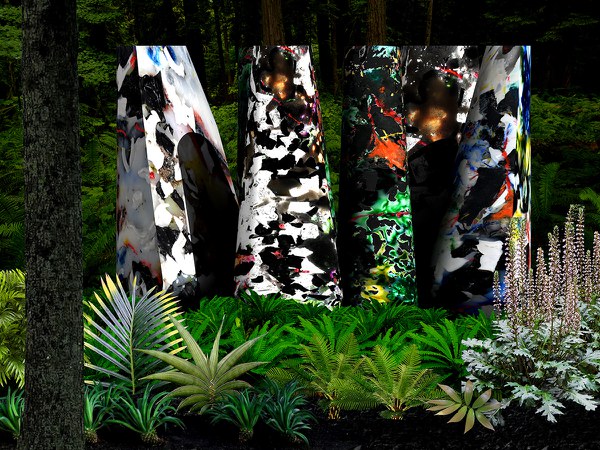On Wednesday, October 5, Meredith Miller, an assistant professor of architecture at the University of Michigan, delivered the first of the year’s Mellon Midday Dialogues. The series, which serves to highlight urban aspects of landscape studies, will continue throughout the academic year.
Miller’s talk, “Making Post Rock: Material Research through Design,” reflected her longstanding interest in the intersections of architecture and ecology. Recently, Miller has undertaken a series of projects aimed at confronting global climate change through the lens of its representation.
How can one effectively represent such a largescale phenomenon? Is it possible to make the crisis, which can seem both temporally and spatially abstract, more concrete, more urgent, and thereby more tractable? In attempting to answer these questions, Miller has focused her research and design efforts on a modern oddity: plastiglomerates.
The crude, amorphous lumps—“perhaps the first material of the Anthropocene age,” as Miller puts it—most often form when natural materials (sand, stone, wood) and bits of man-made waste accrete around a base of molten plastic. Constituting an entirely new class of material, plastiglomerates are highly variable in structure: some are formed by beach campfires, while others are produced in the middle of the ocean in large floating landfills, where the crushing pressure of tidal currents combines with UV radiation to slowly glue together detritus.
As a result, a plastiglomerate may simply consist of three detergent bottles warped together, though the masses can also appear subtler and eerily natural, like a dirtied clump of pumice or a volcanic stone. Because plastiglomerates have such a curious provenance and appearance, they offer unique design opportunities.
As Miller asserted in her talk, plastiglomerates have the potential, when used in construction, to tether the idea of climate change more solidly to the resulting structure. Because plastiglomerates are neither wholly man-made nor entirely natural—because they embody, in a strictly physical way, the often nebulous interactions between humans and the environment—Miller believes they are a promising starting point for representing climate change through architecture.
Working with a team of designers, Miller has experimented with creating her own plastiglomerates, which, by and large, are more photogenic than the “naturally” occurring specimens. Miller’s creations, which she calls “post rock,” are typically of a uniform color, their surfaces smooth and often gleaming, though familiar shapes (bottles, cups, furniture) are still discernible beneath the gloss.
In closing her presentation, Miller dwelt on the models that she and her teammates recently designed for a proposed installation at the abandoned Packard Plant in Detroit, Michigan. Not quite sculptures and not quite buildings, the models strike a middling note: like the material out of which they are made, they are at once attractive and unsettling. Some—earth-toned, pitted and rough, with geometric portals and windows—seem to suggest caves, and the distant origins of the human race. And yet others—white, cloudlike, almost lunar—gesture forward, into the perilous future and outside the world that made them.

